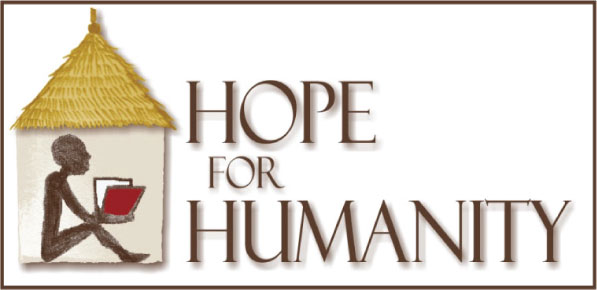This is the first of a series of four reflections on life in Southern Sudan. These reflections are written by members of St. James’s Episcopal Church in Richmond, Virginia, who returned from a mission trip to Hope & Resurrection Secondary School in May 2009.
Hope & Faith Feed the Soul: Bill Branch
On our daily 9 km drive from our camp to Hope & Resurrection Secondary School, it never ceased to amaze me how all the pre-school aged children would run from their mud or brick huts with thatched roofs, and wave to us as if we had just won the World Series. It was initially a boost to my ego, because I noticed that they weren’t waving quite as enthusiastically to the other U.N. / aid vehicles that drove by. I soon realized that they really weren’t waving at Bill, Laura, Angie, Janie and Randy, but rather the 1991 Toyota Hilux (think African Tacoma pickup truck), which belongs to the school, and is normally used by the four teachers from Uganda.

As they associated the pickup truck with the school, I soon realized that what they were really excited about was the hope of what an education could provide to them.
With the end of the second Sudanese civil war four years ago, schools such as Hope & Resurrection are beginning to provide basic education. A secondary/high school education in southern Sudan means walking to school two or three hours each way, wearing the same (yet surprisingly clean) clothes everyday, and sitting on benches in cramped classrooms with only minimal educational resources.
The fact that the ages of the 77 students range from 16 to 41, that 85% are male, and that a few of the students were former soldiers, are indicative of the disruption of the educational system in Sudan. They are fortunate as the school started providing them with lunch, which alternates between porridge and rice and beans. They are also fortunate because at the primary school down the dirt road, the students there are not given lunch, and a classroom is literally a tree with a blackboard.
The vast majority of the student at Hope & Resurrection were dedicated and sincere. When asked what they wanted to do following their secondary education, a common theme was to study at a university in Kenya or Uganda, and then become an engineer, physician, or teacher, so that they can return to their village and improve the conditions in their community.

Most had experienced death of family members from conflict or disease, and deprivation unheard of here in the United States. Yet they still had a sense of pride and hope for their communities that can only be described as humbling. Many of the students walked to the Episcopal Church of Sudan service on Sunday, and prayed with us for strength and faith.
While our mission to Atiaba, Sudan was brief, my experience of what hope and faith can provide to the soul will last forever.





